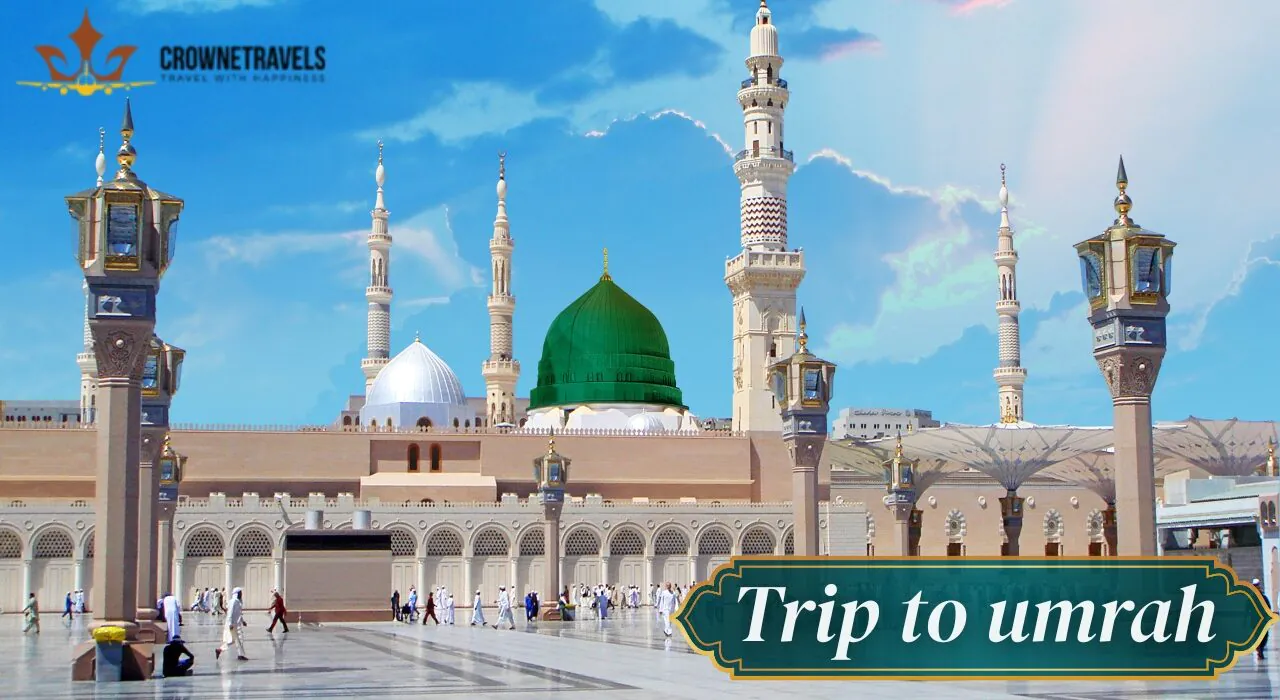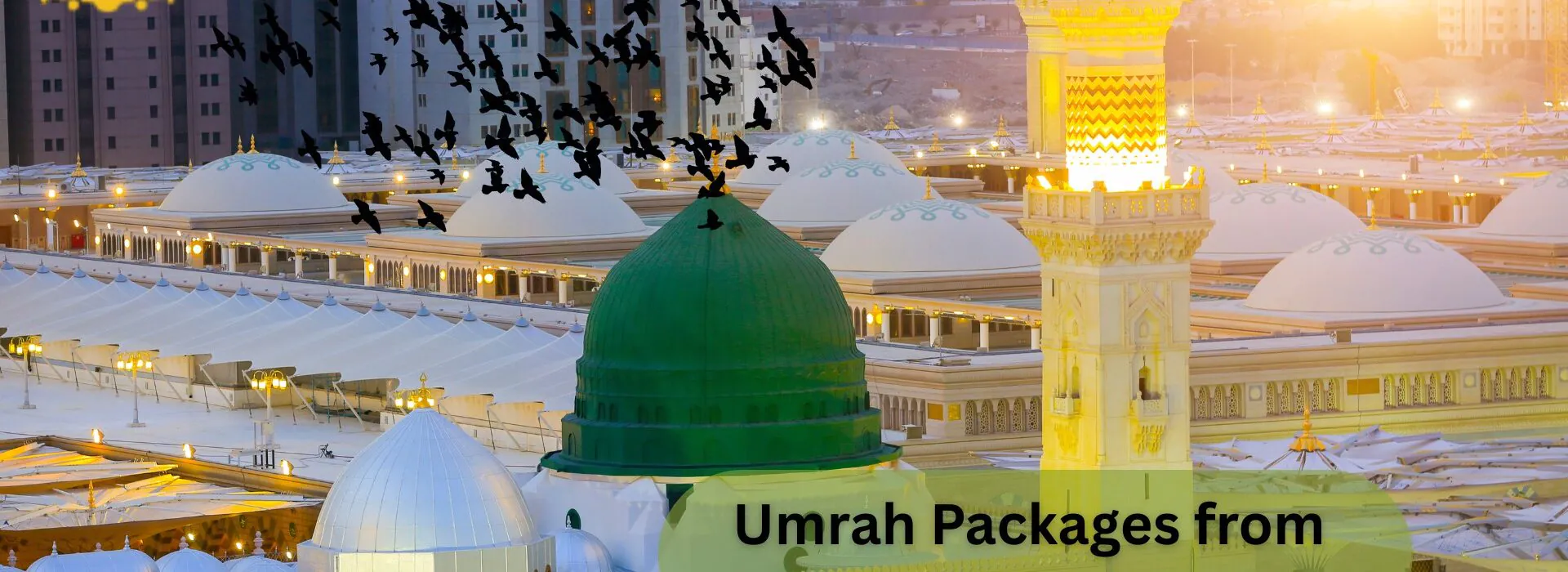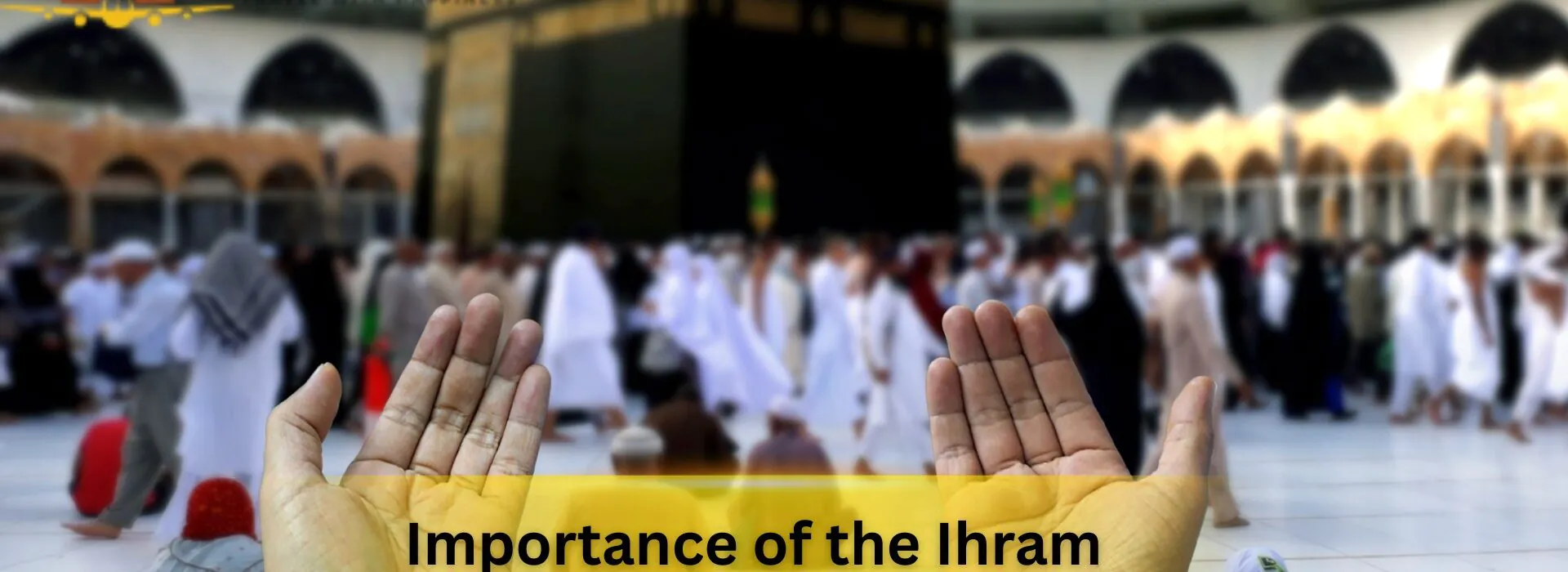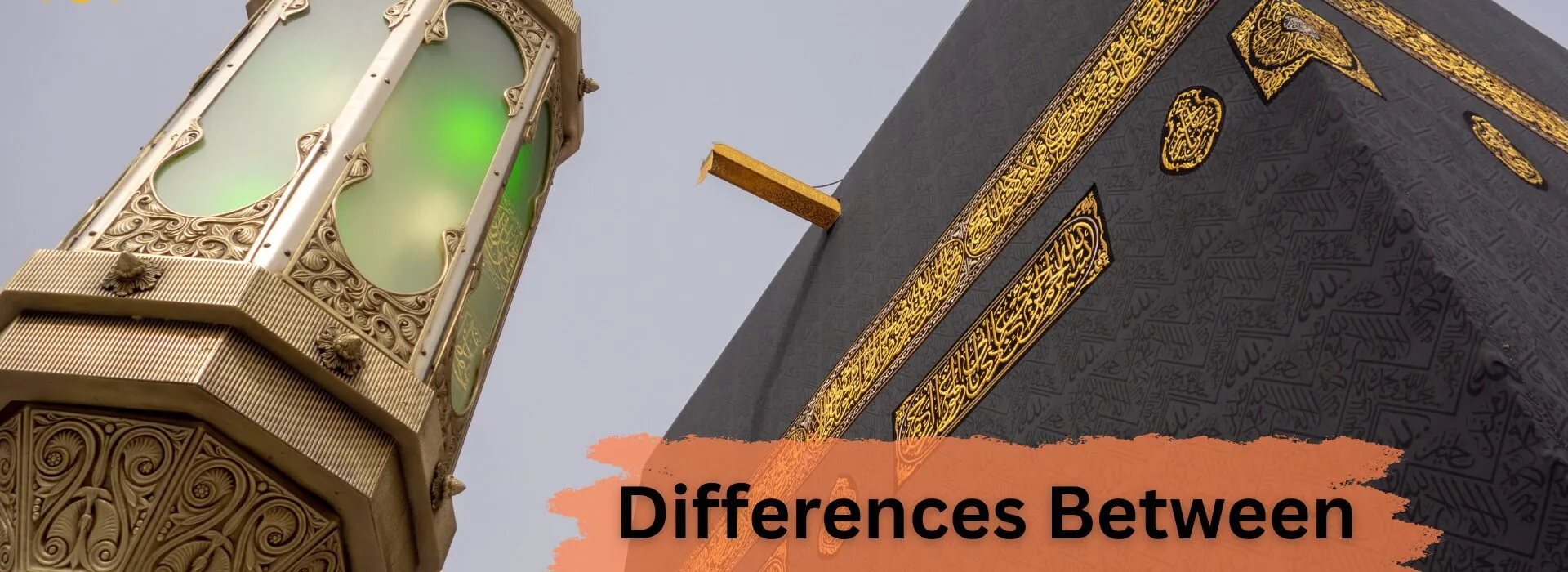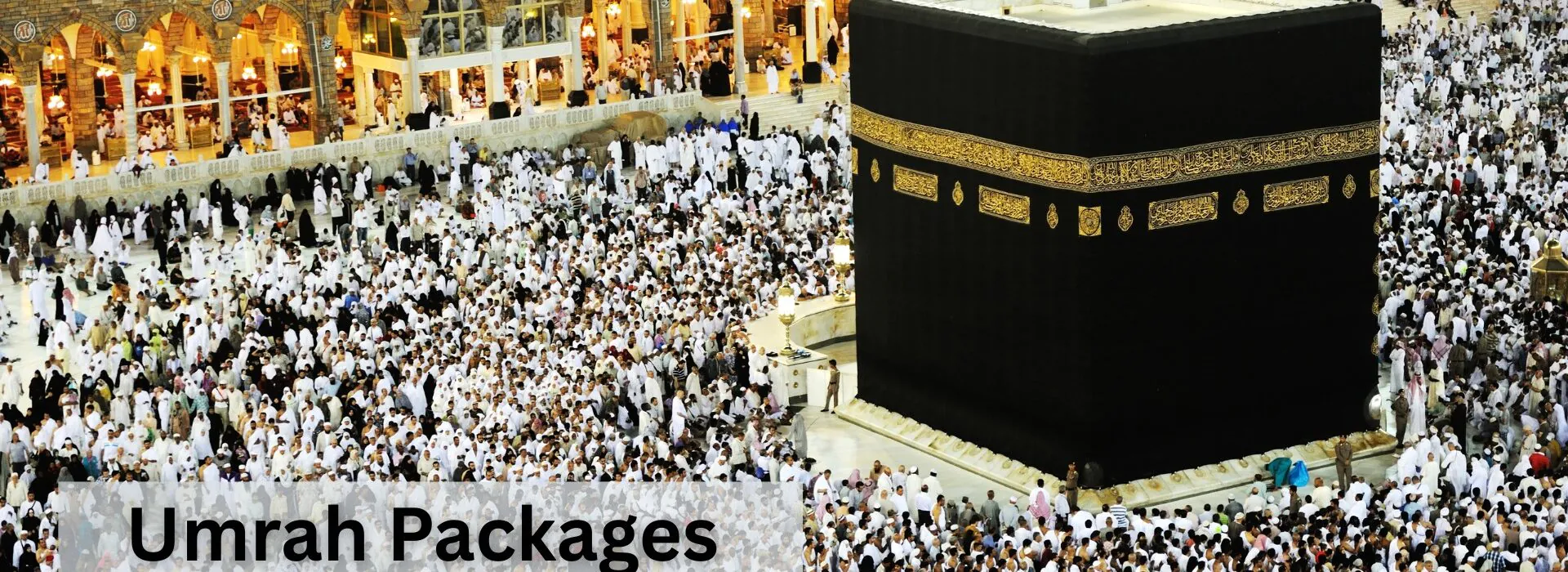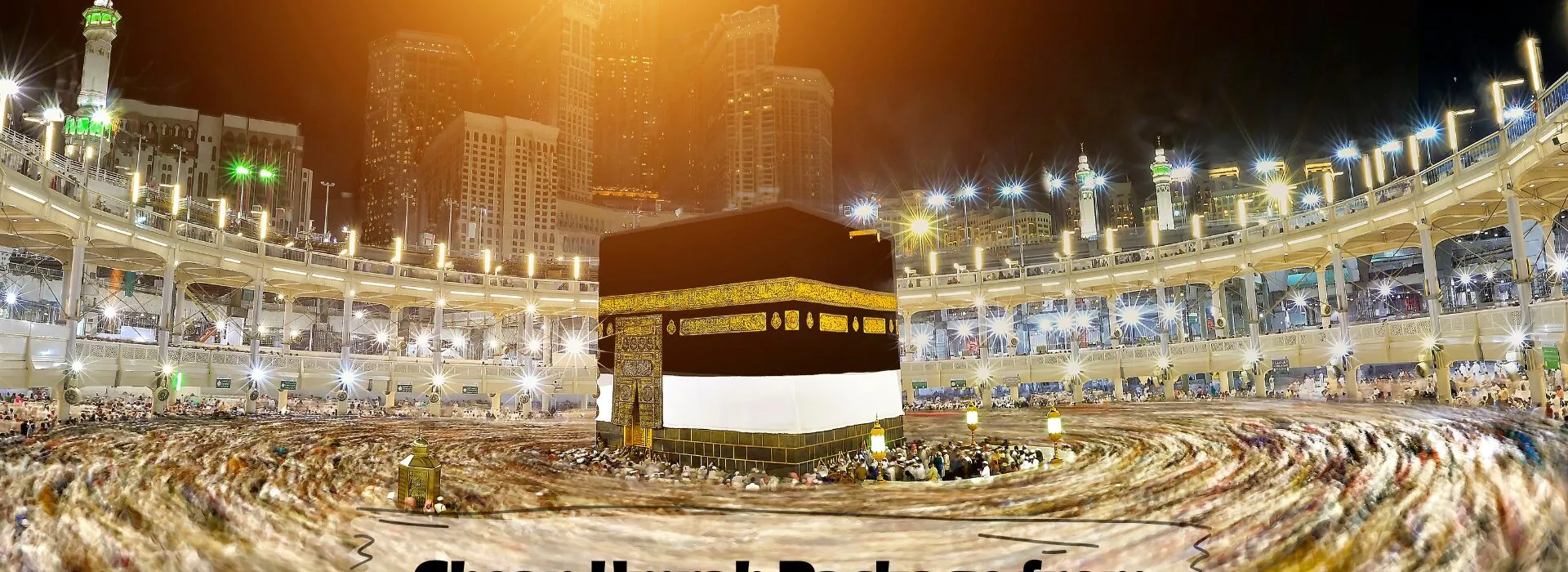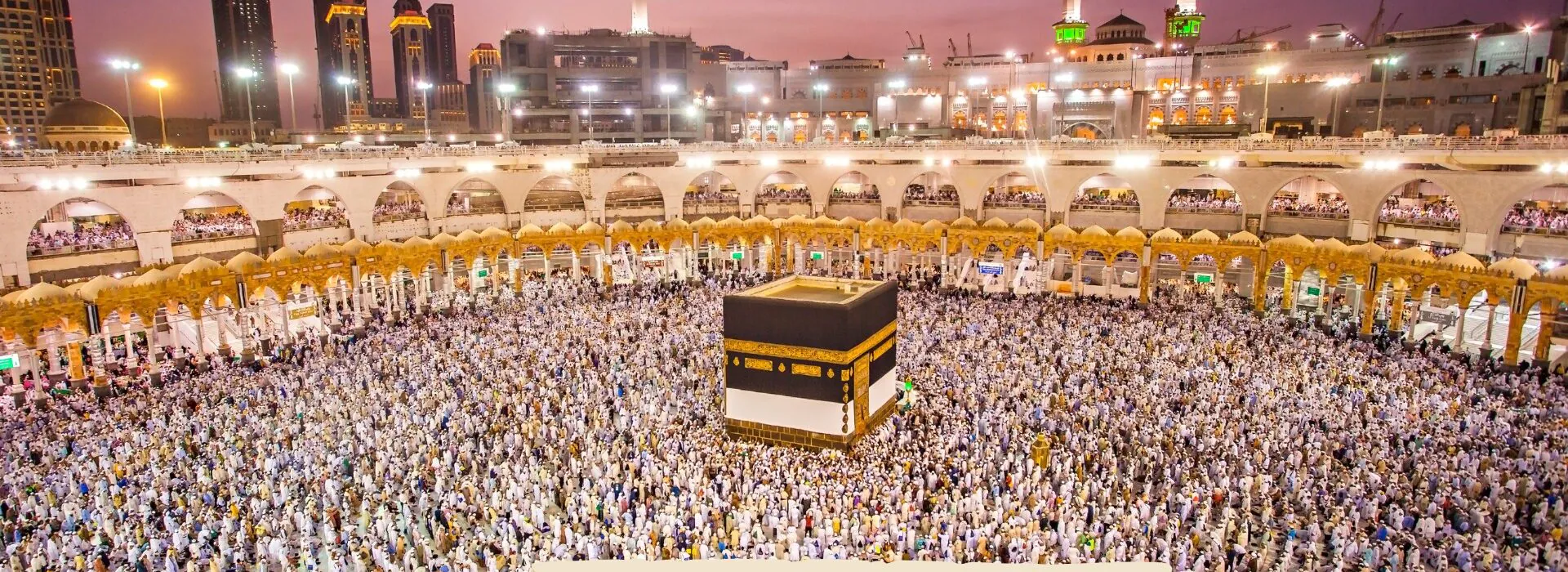Makkah, a worship activity that provides a chance to reflect, cleanse and become closer to Allah (SWT). Whereas the spiritual advantages cannot be quantified, the practical thinking that goes into it can be daunting. There are numerous details to be made, since it is necessary to obtain visas, reserve flights, and to find a place to live.
The given guide is aimed at streamlining that. We shall guide you through the process of planning your trip to the Umrah and provide you with explicit guidance and useful tips on how to make your trip to the holy land as comfortable and closeness to God as possible. You are either on your first pilgrimage or the tenth, so our aim is to make you prepare to go on a journey that will feed your soul. Crowne Travels is now available to help you make this godly dream come true.
The Trip to Umrah
A trip to Umrah is not just another vacation, but instead a spiritual experience that changes one on a profound level. As opposed to Hajj that is mandatory to certain dates in the Islamic calendar, Umrah can be taken the year round giving people more option to complete this pilgrimage.
The Makkah trip entails carrying out important rituals of Tawaf (circumference of Kaaba) and Sa’i (walking between the hills of Safa and Marwah) which are a token of devotion to Prophet Ibrahim (AS), his wife Hajar (AS) and his son Prophet Ismail (AS). To a good number of them the Umrah pilgrimage affords a chance to repent, give thanks and reaffirm their faith in a very sacred atmosphere. It is a pilgrimage that changes the life and purifies the soul and bonds one with the Muslim ummah. In case you are seeking the ideal chance to start this trip then you may want to see the best Umrah Packages from California in order to make the spiritual journey even easier and more memorable.
Choosing Your Umrah Package
Choosing an Umrah package is one of the first and the most crucial choices that you are going to encounter. These packages are aimed at simplifying the planning process by including basic services in them. A well known travelling agency such as Crowne Travels will be in a position to provide different options to meet different budgets as well as tastes.
What to Look for in a Package
- Accommodation: The package will cover Makkah and Madinah hotels. Ensure that they are located near the holy mosques (Al-Masjid al-Haram in Makkah and Al-Masjid an-Nabawi in Madinah). Having the hotel nearby, the daily prayers will be a lot more convenient, especially to the elderly pilgrims or those who have children.
- Flights: Check the airlines to include and direct or layover flights. Direct flights may save time and expenses of traveling.
- Transportation: Ground transport in the airport, hotels and sacred places is an important ingredient. Make sure that the package has comfortable and air-conditioned buses in all transfers.
- Visa Processing: Visa processing to Saudi Arabia may be complicated. The package will also have visa processing services, where all the paperwork will be done properly and efficiently.
Best Time to Perform Umrah
Although Umrah can be performed at any period of the year, there are improved seasons compared to the rest. Saudi Arabia has a severe weather, and in summer, the weather may exceed 45 o C (113 F). To make this a more pleasant experience, it is better that one travels in a colder season which is in November and February.
Ramadan is of significance especially in order to perform Umrah since the spiritual rewards are reported to be increased. But this is also the time of the year when there is the most as well as the highest cost of traveling. A more meditative experience may be offered in the months before or after Ramadan, in case you do not want the bustling of the festival. The most suitable moment would be finally up to you, on your own terms, your financial means and your ability to stand crowds and heat.
Planning for Umrah from the USA
There are a few considerations to be made in order to plan a pilgrimage in the case of pilgrims traveling out of the United States. It is a lengthy process and therefore comfort in the process of traveling is important. During flight bookings, you should seek flights that have few layovers.
Visa and Documentation
Before traveling, the US citizens should have an Umrah visa. This is carried out by an accredited travel agency. You will also require a valid passport, one which has at least six months to maturity before your traveling date. You should also keep physical and electronic copies of your significant documents (e.g. passport, visa, flight confirmations, etc.).
Financial Preparation
Packaging cost is not the only budgeting you have to make regarding your trip. Do not forget to include such personal costs as meals (not included), a purchase of souvenirs, and charity (sadaqah). Before you go, it is always good to change some of your money into Saudi Riyals (SAR) as well as credit cards are accepted in the bigger places.
Ensuring a Meaningful Journey
When the logistics is sorted out. You will be able to focus on spiritual preparation. Umrah is aimed to be in contact with Allah (SWT) and to clean your soul.
- Learn the Rituals: Learn the actions of Umrah. Know the meaning of every ritual, beginning with the state of Ihram to Tawaf and Sa’i.
- Make Dua: Make a list of personal supplications (duas) that you are going to make on behalf of yourself, family, and Muslim Ummah. The act of being in the Kaabah is an effective time to pray.
- Pack Accordingly: Pack loose, easy-going clothes that would be fitting the rituals and the weather. Men will need their Ihram garments (two white fabrics that are not sewn), but women are expected to wear loose and modest garments. One is not to forget so crucial items as a prayer mat, a small Quran, and personal medications.
Book Your Umrah Trip
After you have conducted your research and settled on the kind of package that fits your requirements the last thing to do is to book your Umrah trip. Having a reputable agency such as Crowne Travels can give one some sense of security in that all the work is underway with knowledgeable people at the helm. We will take you through the options available and also clarify any inquiries you might have in mind and make sure that the booking work is smooth. Early reservation is very advisable particularly when travelling during peak seasons such as Ramadan which is better in terms of flight and hotel availability and cost. We will assist you in making the last steps in this blessed path.
Your Path to a Blessed Pilgrimage
The initial step towards a transformational spiritual journey is planning a trip to Umrah. Through taking time to think over your choice of packages, travel time and spiritual preparation you can make your journey not only stress-free and hassle-free but also one that is very fulfilling. It is a special chance to leave all the worldly concerns behind and devote all your attention to your religion.
We are pleased to assist pilgrims in this duty sacred to them at Crowne Travels. We have a team of dedicated members who will make sure that you have a memorable experience when visiting the holy cities with their comprehensive offering and customized packages. Make a call to us today to begin planning your blessed trip to Umrah.

